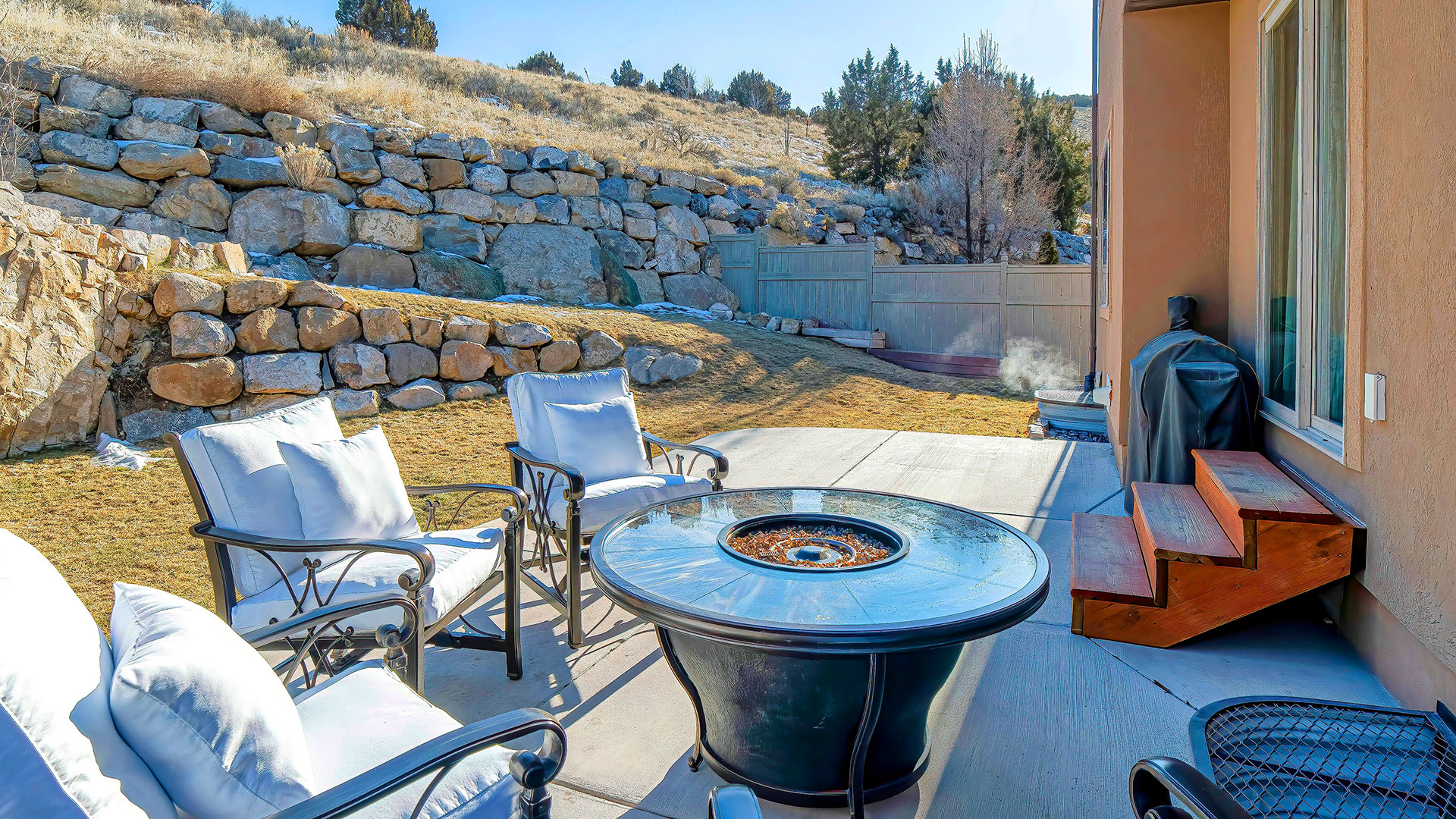
25 Jul Steps That Last! How to Avoid Wobbly Stone Risers
A solid stone staircase adds beauty, function, and real curb appeal. But when the risers start to wobble or shift? Suddenly, that charm becomes a safety concern, and a costly one.
The good news? Wobbly steps aren’t inevitable. A few smart choices during design and installation can make all the difference.
It All Starts Beneath the Surface
Forget flashy finishes, your foundation is what really matters. A poorly prepped base invites settling, shifting, and cracks down the line. Gravel, compacted properly, lays the groundwork (literally) for a staircase that doesn’t budge.
Skip this step, and you’re building on borrowed time.
The Right Materials (and a Good Eye)
Not all stone is created equal. Go for dense, durable types that can handle temperature swings and years of wear. And don’t overlook the mortar. Flexible, high-performance mortar mixes help hold everything together, even when the seasons try to pull it apart.
But materials alone won’t save you, placement matters. A steady hand and a level eye during installation are what keep the entire structure solid.
Don’t Let the Little Things Slide
Here’s where many staircases start to go downhill, literally. Minor issues left unchecked tend to snowball.
Some early signs to catch before they turn into trouble:
- A slight wiggle in one step
- A crack that wasn’t there last season
- Water pooling where it didn’t used to
- A step that suddenly feels “off” underfoot
Individually? Not urgent. Together? A sign it’s time to take a closer look.
Conclusion
Wobbly risers don’t happen overnight; they’re built on shortcuts, rushed work, or missed details. Take your time, trust the process, and work from the ground up. Because when a staircase is built right, it doesn’t just last, it welcomes you home every single time.



Sorry, the comment form is closed at this time.